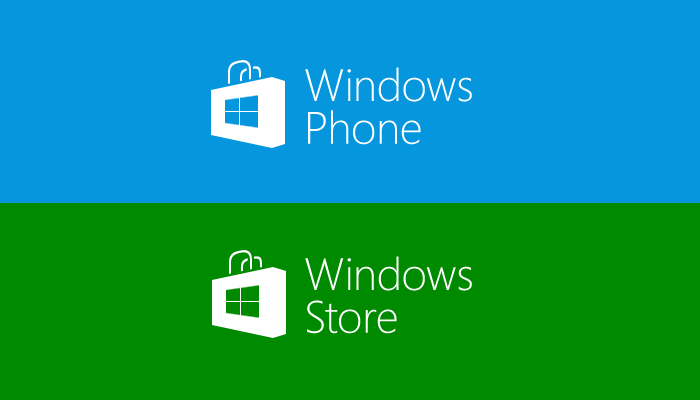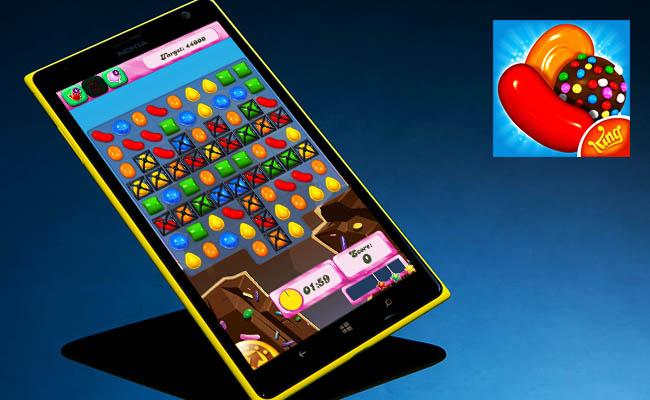It’s no new news that Microsoft’s mobile push has been…. failing. This can largely be attributed to something that has been plaguing the company for a long while: it’s a fine idea, but there is a severe lack of execution.

However, the company has been making strides in its efforts to catch up in the mobile space, and one of its many attempts was the introduction of the Windows Store to both Windows Phone and regular desktop PCs about four years ago, now. The Store suffered hugely in gaining traction when it was first unveiled on Windows 8 PCs, experiencing pushback from the likes of GabeN himself, before pretty much being relegated to being a non-factor due to one fundamental issue: a severe lack of apps in its catalog.
While big companies like Facebook and Uber have brought their apps to the Windows Store, you’re still not going to find a myriad of extremely popular apps like Snapchat and Pokemon Go. This has led to a host of complications for the company, at least in its mobile efforts, since the desktop has never really had any need for these.
What’s new with Windows 10?
With the introduction of Windows 10, Microsoft started pushing for a truly unified operating system. One Windows, which can be tailored to suit various instances, like mobile, tablet, Xbox, and PC. Along with this new focus, came the introduction of the Universal Windows App platform.
The big reveal was made at the company’s annual developer conference, BUILD, earlier this year, along with three app “bridges” to help developers port their applications over to the Windows Store. This was accompanied by an even bigger reveal. The iOS version of Candy Crush had been ported over to Windows Phone using one of these app bridges.

The Android app bridge seems to have been abandoned, although early insider builds of Windows Phone did indeed ship with Android runtime libraries in order to facilitate this. Now, however, the third bridge, to move traditional Win32 programs to the Store has been released.
What does this mean?
This means that the Windows Store situation is going to get much better, very soon, thanks to the long-awaited arrival of its Desktop App Converter, which will let developers take their existing Windows software and convert it to a Windows 10 app.
Apps like Evernote, Arduino IDE, doubleTwist, PhotoScape, MAGIX Movie Edit Pro, Virtual Robotics Kit, Relab, SQL Pro, Voya Media, Predicted Desire, and korAccount are now available in the Windows Store starting this week, with many more are expected in the coming months.
This is a step forward to another idea that was shown at BUILD 2016, where every program that is installed to a Windows 10 machine runs in its own sand-boxed environment, leading to an inherently more secure operating system experience.
However, this may leave a sour taste in the mouth for gamers who wish to mod the titles they’ve bought. Only time will tell.
Most importantly of all, though, this could be the one thing that will give the Windows Store what it’s so desperately needed: a reason to use it, and a reason to justify its existence. Furthermore, in the PC sphere, what the Windows Store needs is an influx of apps that people might actually need. This also gives incentive to developers. The announcement reads
“This then enables the path to gradually migrate the app or game to reach all Windows 10 devices over time, including phones, Xbox One and HoloLens.”
However, this does not mean that the Windows Store will be full of all the desktop apps you know and love like Google Chrome, Steam, or most of the millions of other programs available on Windows. It will take time for developers to adjust and convert their apps, and some might argue that Microsoft would be best served allowing regular desktop apps to be listed in the Store in the interim.
Nonetheless, this is a great step towards solving a major problem: nobody wants to develop any apps for Windows because there aren’t enough apps. And there aren’t enough apps, simply because nobody wants to develop them.
At the very least, this move gives Microsoft a shot at attracting more developers and finally kickstarting some real development of the Windows Store, and by extension, the Windows ecosystem.

